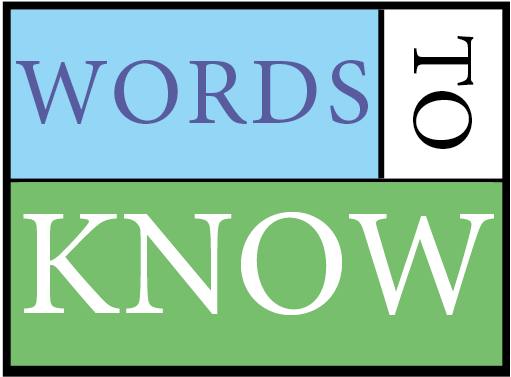Discussed below are some of the terms often used in context of marketing automation:
Inbound Marketing: Marketing strategy that brings buyers to you through a combination of SEO and marketing content such as white papers, webinars, blog posts, videos; and social media. Today, Inbound marketing is more popular (and relatively less expensive) alternative to the outbound, “push-style” traditional marketing.
Call to Action (CTA): In marketing, a CTA is an instruction to the audience designed to provoke an immediate response. It usually uses an imperative verb such as “call now”, “find out more” or “visit a store today”. The key to a powerful call-to-action is to provide consumers with compelling reasons to purchase promptly rather than defer purchase decisions.
A CTA can be a simple non-demanding request like “choose a color” or “watch this video” or a form to fill. CTA would be a request for the consumer to purchase a product or provide personal details and contact information.
Certain types of calls-to-action might provide consumers with strong reasons for purchasing immediately such an offer that is only available for a limited time (e.g. ‘Offer must expire soon’; ‘Limited stocks available’) or a special deal usually accompanied by a time constraint (e.g. ‘Order before midnight to receive a free gift with your order’; ‘Two for the price of one for first 50 callers only’).
Email marketing: an act of sending a commercial email message, typically to a group of people. Email marketing seeks to inform the prospect and build brand awareness. Marketing emails can be sent to a purchased lead list or a current customer database. The response can be tracked and analyzed.
Visitor vs. Lead vs. Opportunity: A visitor is any individual that comes to your site. When the visitor provides some kind of useful information (such as name, email or a need), they become a lead. A lead becomes an opportunity once contact is made and there is a chance to close the deal.
Landing Pages: A landing page is a specific web page that is typically reached through clicking a link or advertisement. A landing page displays content that is specific to the advertisement, search keyword, or link clicked. It may have a white paper, cheatsheet, form, link to webinar, or other content, and usually has a call to action.
Campaign: A specific, defined series of activities used in online marketing of a new or a changed product or service. A campaign is a short term marketing program created to achieve a short term objective.
Lead (or Demand) Generation: Creating interest in your product or service while priming your buyers for later conversations with sales. It could be a result of both an outbound or an inbound marketing campaign.
Lead Management: Lead management involves identifying, tracking, and managing sales leads from the point of lead generation to actual conversion.
Lead Nurturing (or Drip Marketing): Lead nurturing means corresponding with identified prospects (list of lists) at specific intervals. In other words, nurturing the leads that may not be sales-ready at present.
Lead Grading/Scoring: Assigning a numerical value to leads to indicate how ready or interested they are in your product or service. Those with higher values are ready to be assigned to sales.
A/B Test: A test where developer creates two or more different versions of a web page (let’s call them A and B) and split the traffic evenly between each page. The page that gives a better conversion rate, wins. The goal of A/B testing is to identify changes to web pages that increase or maximize an outcome of interest .
Soft Bounce vs. Hard Bounce: A Soft Bounce is an email that is recognized by the recipient’s mail server but is returned to the sender because the recipient’s mailbox is full or the mail server is temporarily unavailable. A Hard Bounce is an email that permanently bounced back to the sender because the address is invalid. A hard bounce might occur because the domain name doesn’t exist or because the recipient is unknown.
Trigger-based Marketing: Actions taken by the marketing automation software (such as sending out an email or a file or adding prospects to a certain list) based on the actions taken by a prospect.
Automation Rules: Automation rules allow you to perform certain marketing and sales actions within your automation system, like sorting leads into different lists, based on criteria that you specify.
- How to Build a GoHighLevel Funnel: A Step-by-Step Guide - February 13, 2025
- Designing a Healthy Online Presence: Medical Website Design and SEO - February 3, 2025
- Confluence vs. SharePoint: Which One is Right for You? - February 2, 2025
